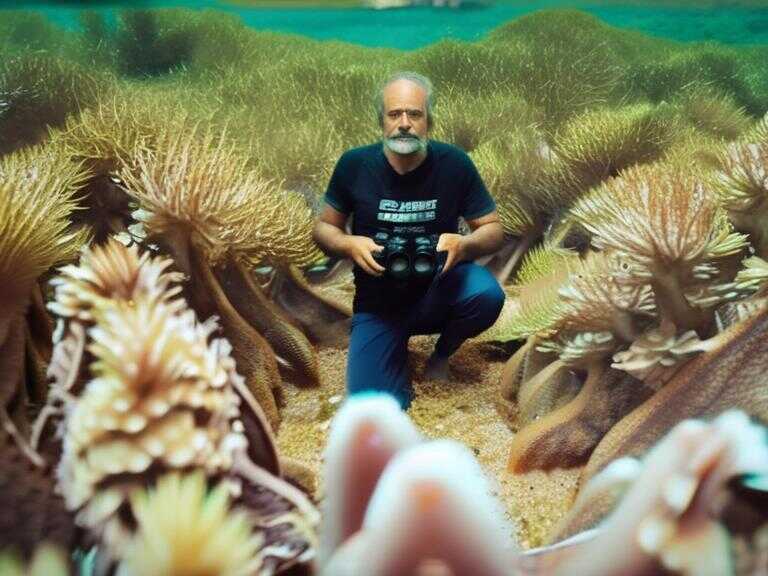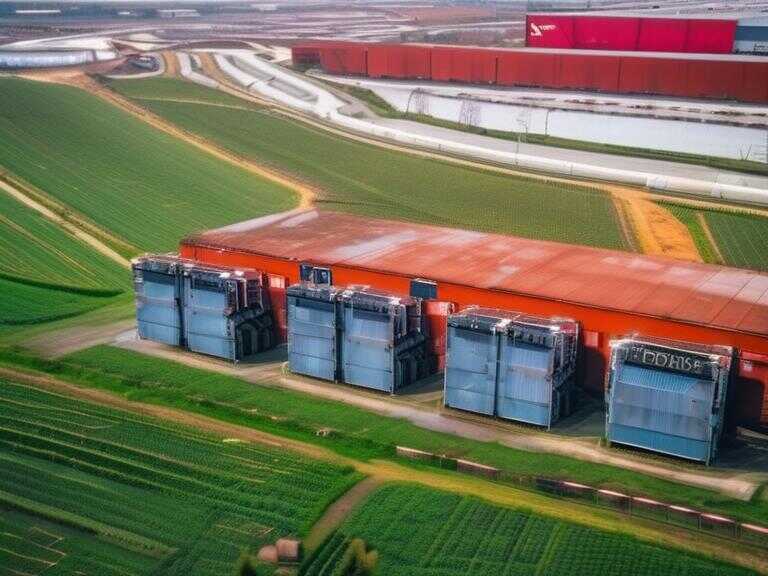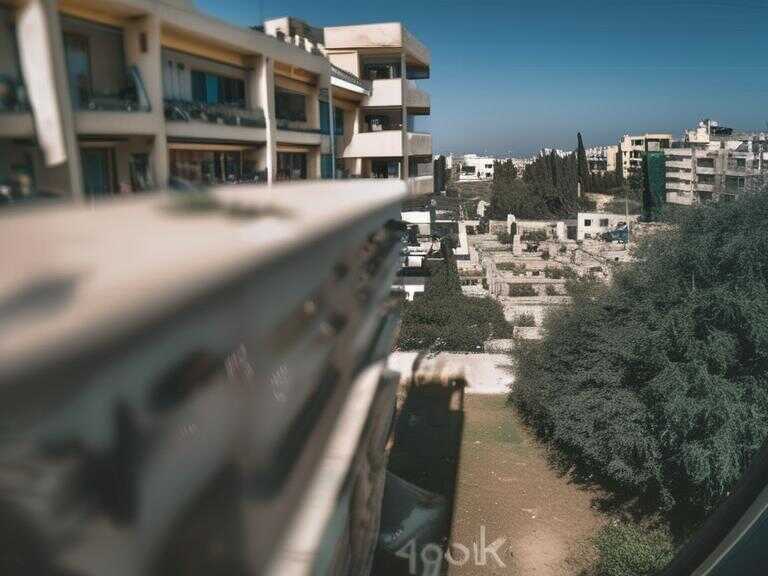
U.S.-Built Gaza Pier System Faces Challenges Amid Fighting
A $220 million U.S.-built pier system off Gaza faces challenges, delaying aid delivery to Palestinians facing famine and pushing for alternative solutions.

Since the completion of the American-built pier system off the coast of Gaza, the delivery of aid has been mired in challenges and setbacks, leaving essential supplies stranded on the beach. The ongoing conflict between Israel and Hamas has made it perilous for U.N. groups to distribute the aid, exacerbating the already dire situation.
Aid Delivery Hindered
Despite the completion of the pier system, bad weather and rough seas have hampered the delivery of aid, with the U.S. military managing to deliver aid on only 17 of the last 40 days. This has resulted in nearly 14 million pounds of food sitting unused on the beach, leaving the Palestinian population, such as the Asila family, in a state of scarcity.
Even when the seas are calm, transferring aid from water to land presents logistical difficulties. The process involves loading supplies onto U.S. military ships in Cyprus, ferrying them to a floating dock offshore, then transferring them to the fixed pier for further transport to the beach via trucks. However, even when aid trucks manage to pick up the packages, they have encountered issues as civilians desperate for food have stormed and ransacked the vehicles.
Operational Limitations
While the pier has not been targeted in the active combat zone, there are concerns about its continued operation. It is anticipated that the pier may have to be dismantled in the next month, prompting considerations for potential replacements. One proposal involves delivering humanitarian aid through the Israeli port at Ashdod, while a private company, Fogbow, has put forward a plan known as Blue Beach, which aims to provide a more stable and reliable aid delivery system within a few weeks.
Blue Beach: A New Hope
Fogbow's Blue Beach plan revolves around a movable pier that anchors into the beach in Gaza and utilizes a crane to lift aid directly onto the beach, eliminating the need for trucks. This innovative approach aims to alleviate suffering by streamlining aid delivery. Once operational, Blue Beach has the potential to deliver up to 9,000 pallets of aid per week and would be funded by donations, primarily from the Maritime Humanitarian Aid Foundation.
While White House officials and members of the Israeli government have been briefed on the Blue Beach plan, no concrete plans to implement it have been made. However, the proposal underscores the critical need for continued access to multiple land and maritime channels in order to ensure the effective delivery of humanitarian aid to the people of Gaza.
Share news















